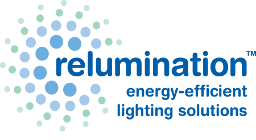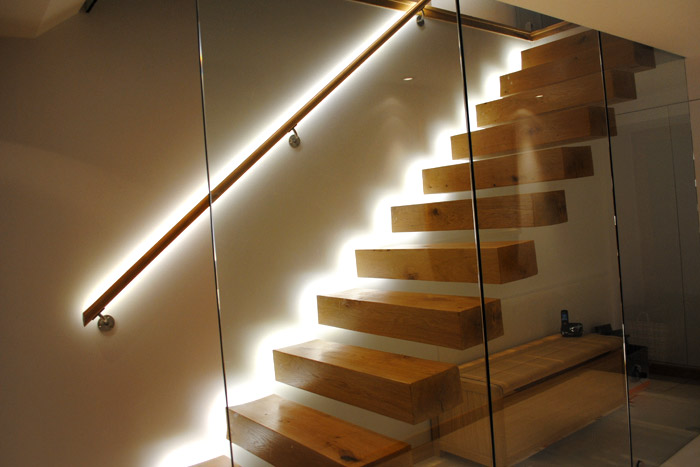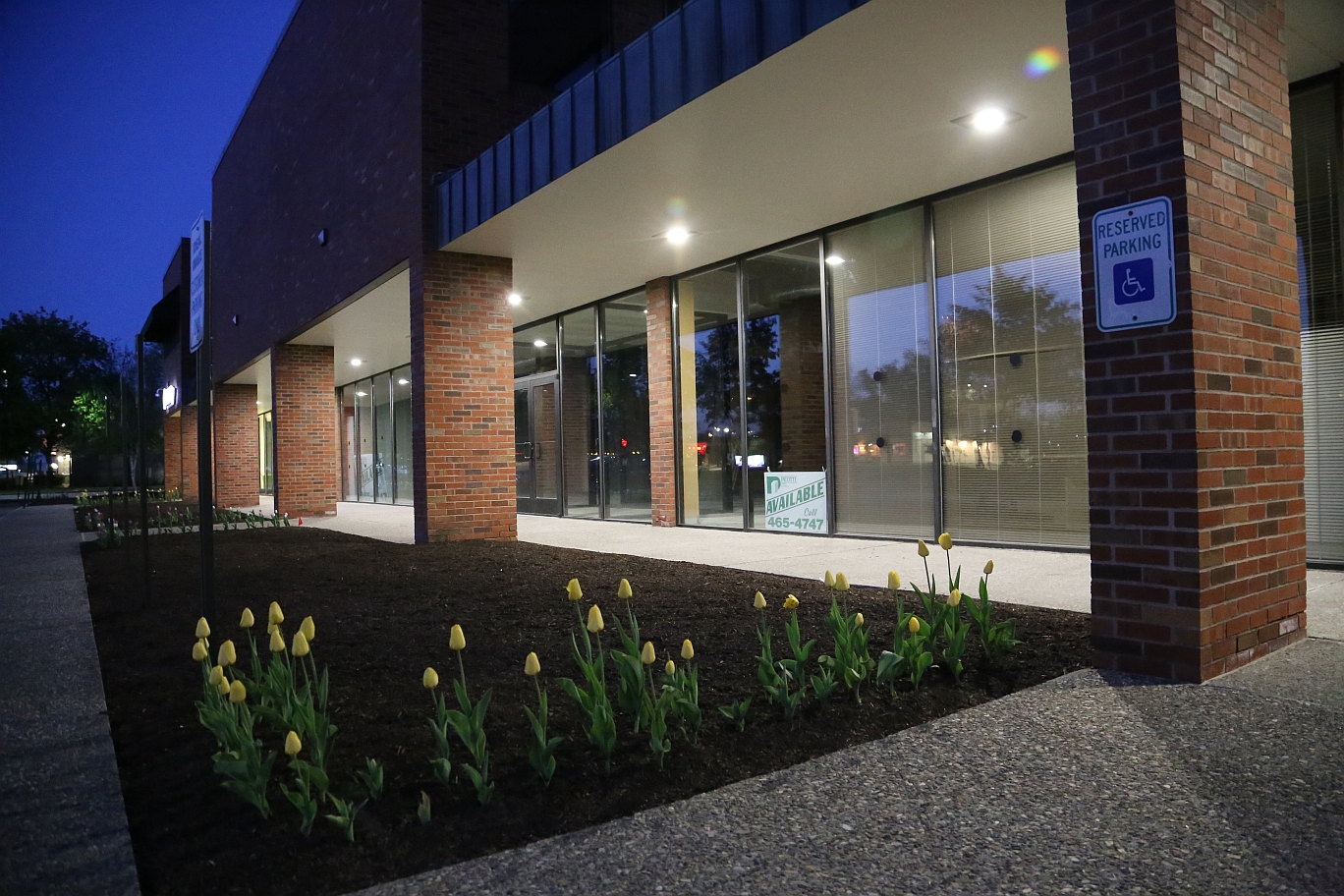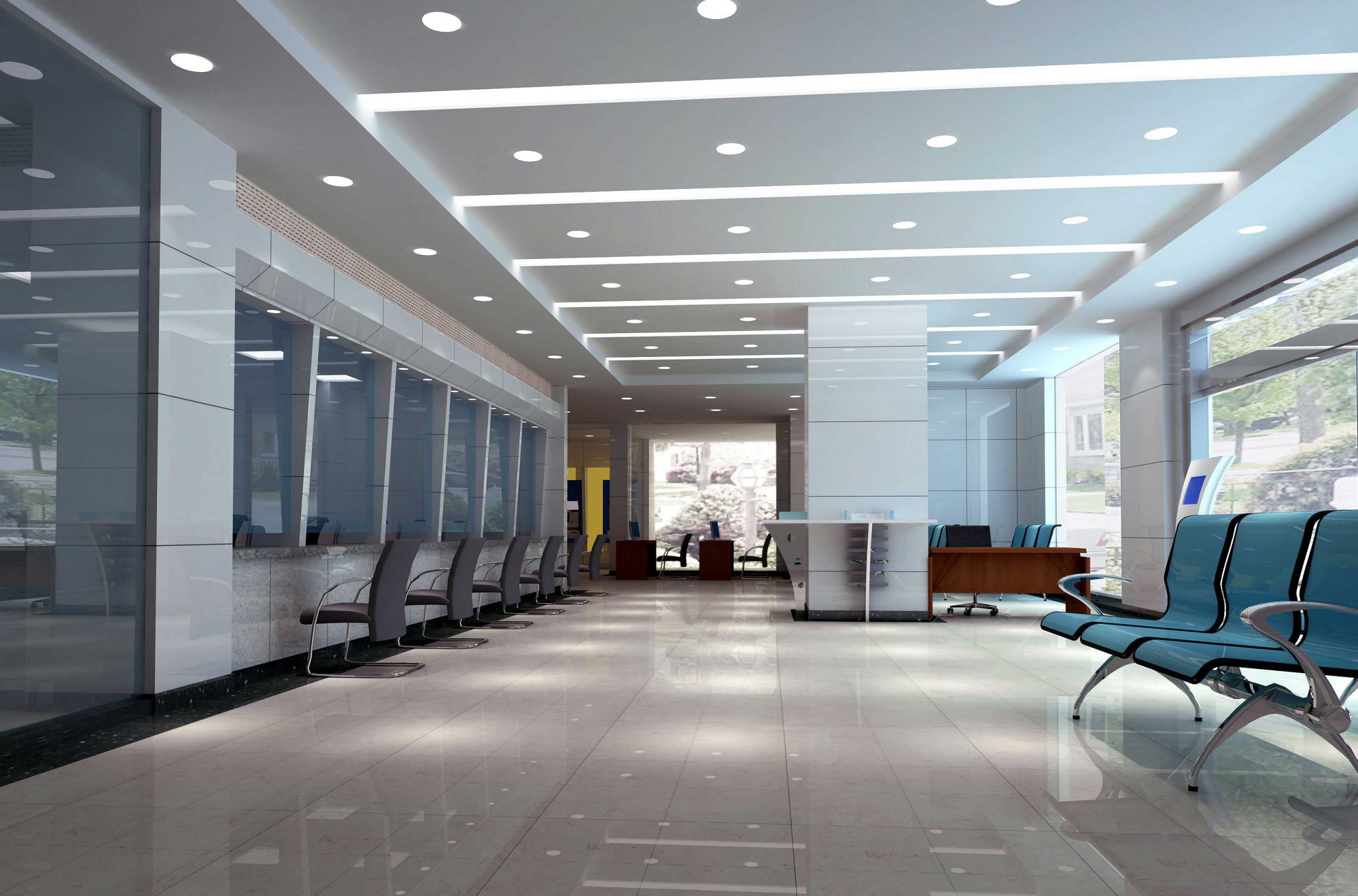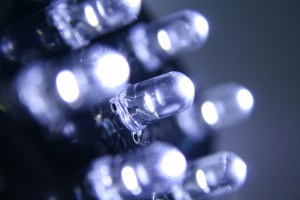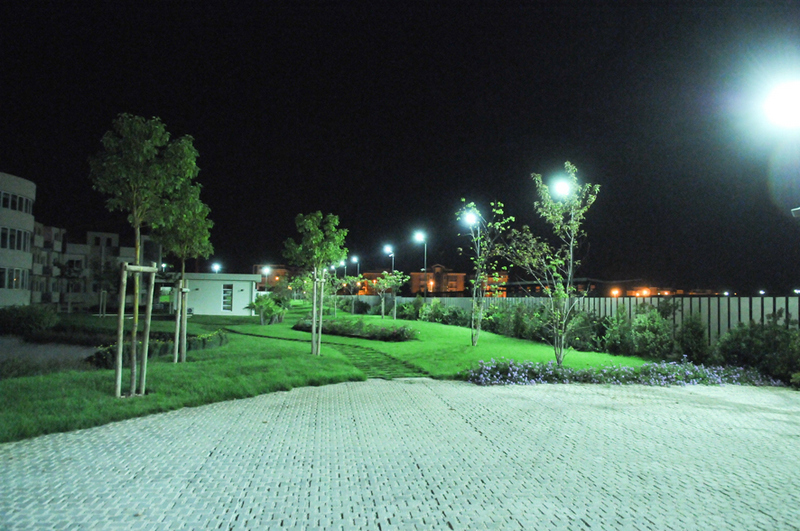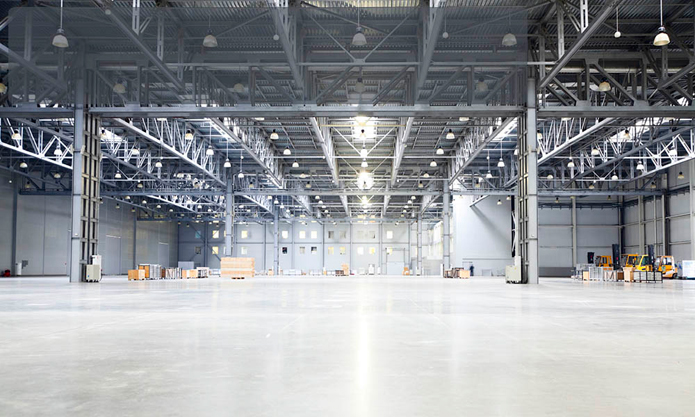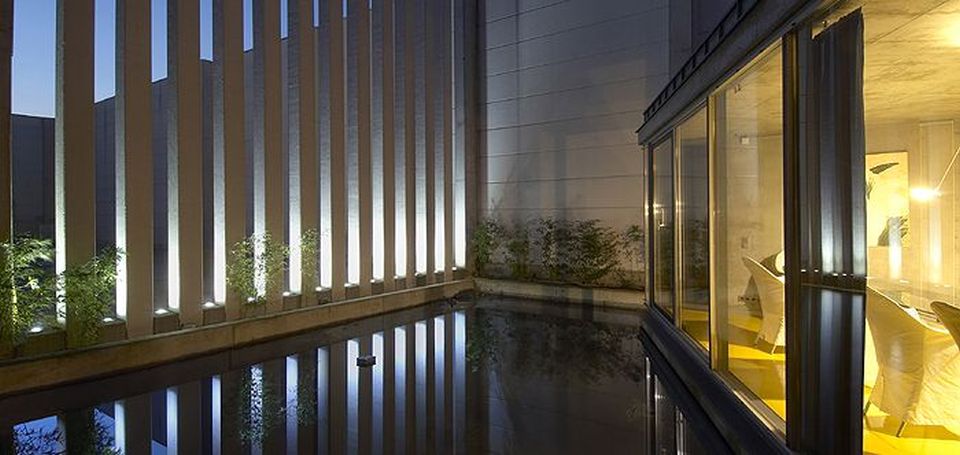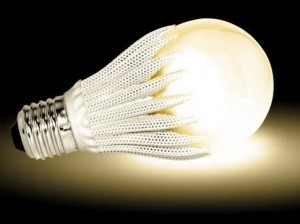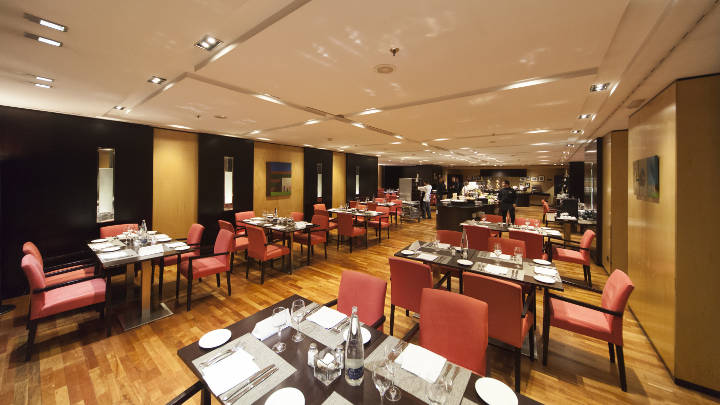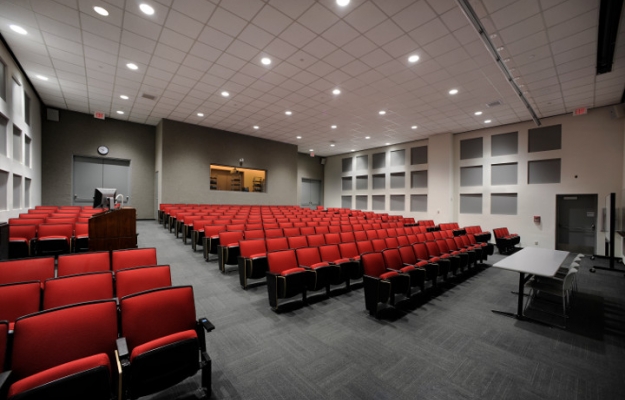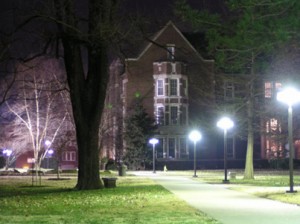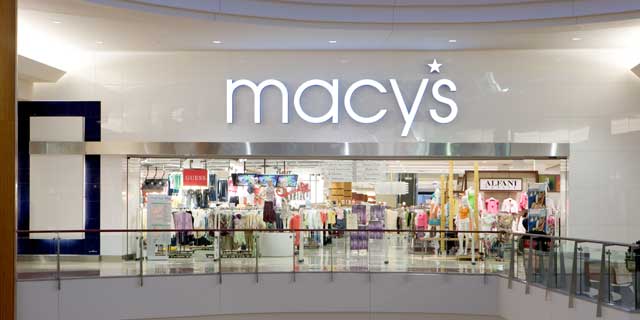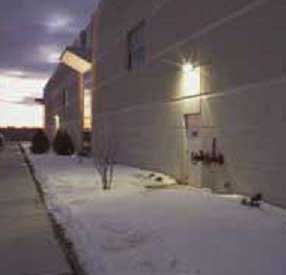The phrase, “energy-efficient lighting” may not resonate with a lot of people because they associate that term with “compact fluorescent lighting,” or CFL, a common-variety way of providing illumination.
But you can be sure there is nothing ‘common’ when it comes to the way LED Lighting can be used in homes or businesses.
Truly efficient and energy-efficient, LEDs are gaining traction, particularly among homeowners as they see its versatility in everything in the kitchen from decorative range hoods to under-cabinet lighting that provides that just-right-ambient lighting. Newcomers to LED lighting are generally faced with three choices, when it comes to the type of lighting they may be looking for:
CUSTOM CUT ROPE LIGHTS To begin with, forget about those bulk spools of LED rope lights you see on our website—you don’t have to order the spool!
We understand your individual needs, and that’s why we offer custom- cutting to you specifications: The basic length is a standard 39” section. And, yes, the length you order does include the power cord.
LED Strip Lights
Considered to be the next generation of accent lighting solutions, these ‘ribbons’ of LED low-voltage lights are extremely bright. Easy to install because of the peel-away-backing, these ribbons make for quick installations. And they come in two distinct varieties: 3528 SMDs and the larger 505S MDs.
LED Light Bulbs The old 40-60 watt incandescent bulb is no longer manufactured as January 1, 2014. That means a green light, of course, to LED lighting, given their long life, durability and low power consumption.
Contact us and let us help you with planning your use of LED lighting in your upcoming project; learn how LEDs can help you save on electric bills.
